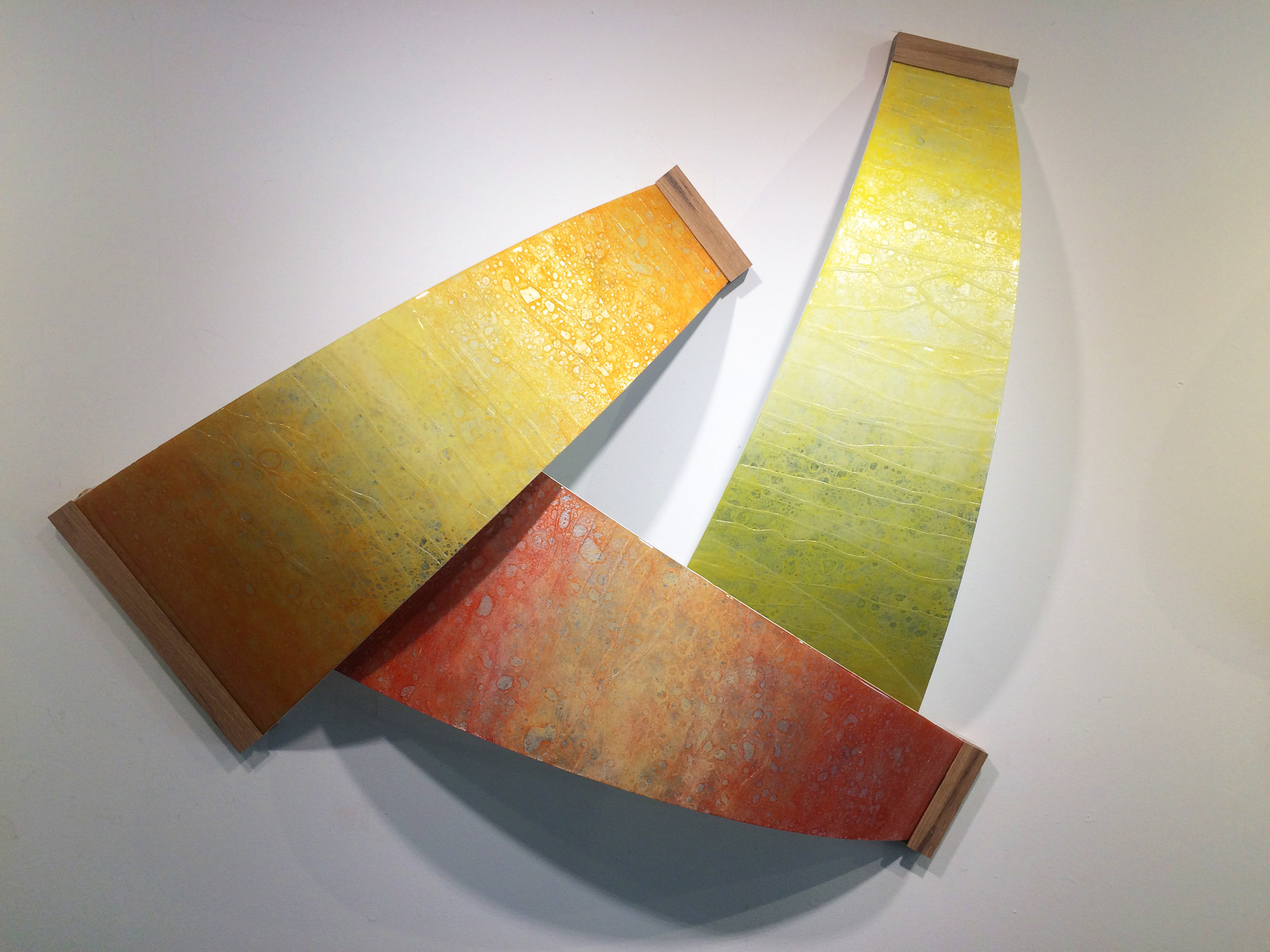If you've read my blog at all, you know that many of the posts address some (sometimes weird) question I'm asked at my studio. Since these days, my studio is closed to the public, I put the word out that I need your input.
I'm opening the door to any and all questions. This may be good fodder for many blog posts! So think about it...if there's anything you want to know about me, my art, my art background, living in Asheville, ANYTHING.
Questions and Answers:
Question 1: Do you have a favorite painting that you could never part with?
Ooooo. Good question, but easy to answer. No, sort of. The whole reason I paint is to sell what I create and thereby support myself that way. I.e. I don’t have a “real” job. This IS my real job, so I need to pay close attention to which paintings and themes are getting the most interest in my studio and let that interest guide me as I dream up new ideas and themes.
That said, there are two paintings I’ve done that I will be heartbroken when they sell. One is my largest piece so far (a 6’ x 8’ waterfall that took 13 months to complete) and the other is a bridge at Giverny (Claude Monet’s home and garden). I’d kind of rather neither of them sold, but…Joy will hit me if I don’t have a price tag on them so…they’re for sale as “premium” pieces (meaning I’ll never discount them).
“Cullasaja Falls” (72” x 96”)
“Le rêve d'été de Giverny” (36” x 48”)
Question 2: Do you make your own canvases? Like the one in the picture, you would not normally find that on the shelf at Hobby Lobby.
I have a friend of mine make the panels for me. Because the weight of the materials I use to create my artwork (modeling compound and resin) will bow the canvas in the center, the canvas has to be backed with a then sheet of plywood. So, every panel is custom created, which means the size and proportions are not limited by what is “in stock” at the art store. I can get whatever size I order. That’s awesome.
Question 3: Have either you or Joy ever tossed away a half - finished work, completely disgusted and convinced that it is not going to turn out right, and then wished that you'd kept at it and finished it?
Not exactly. There are some pieces both Joy and I have gotten to about half-completed and realized it was not going to be improved with any amount of artistic cajoling, so we then rip the canvas off the panel, re-stretch the canvas and begin all over again. I’ve never, ever been sorry I’ve done that, because the second time I approach that theme (the re-do) is always so much better. I’ve even completely finished a piece, hung it on the wall for a few days and realize I hate looking at it. It doesn’t happen often, but I rip the painting off the backer panel and start over in that case as well. I want absolutely everything hanging on my studio walls to represent the very best I can create. If I know that’s not the case, I’ll start all over again.














